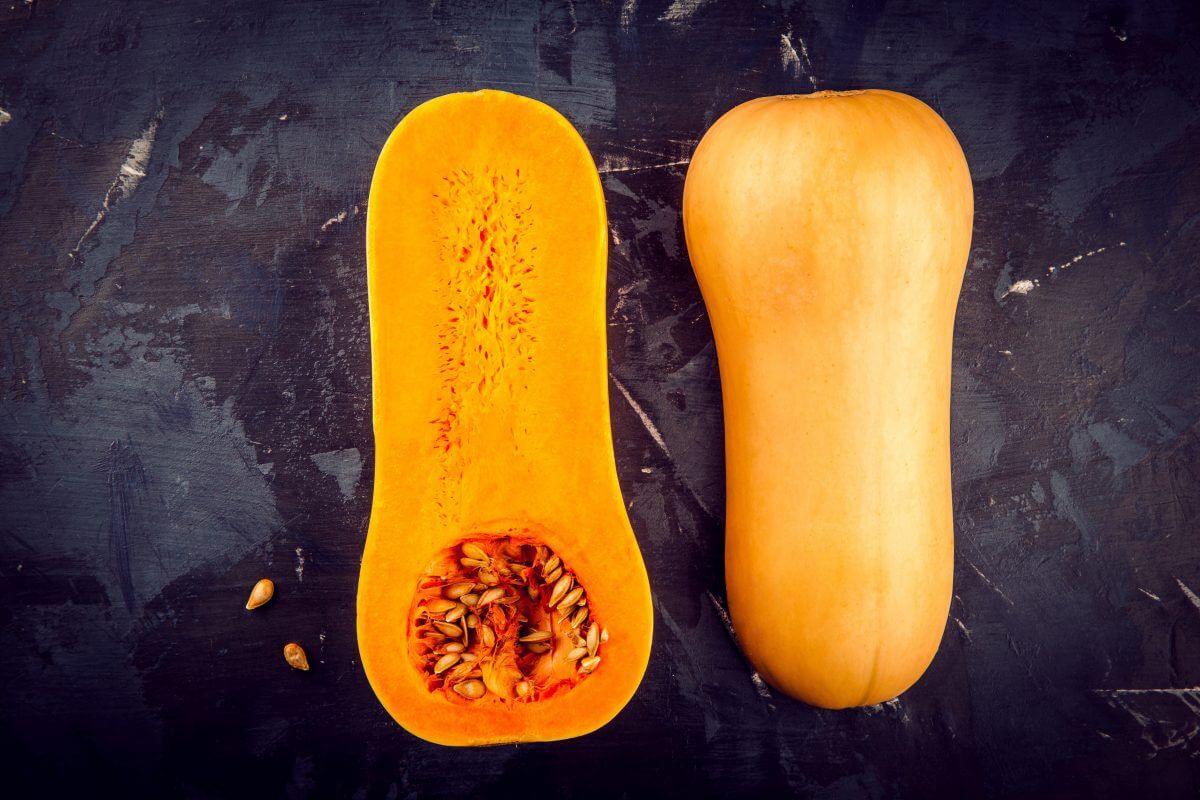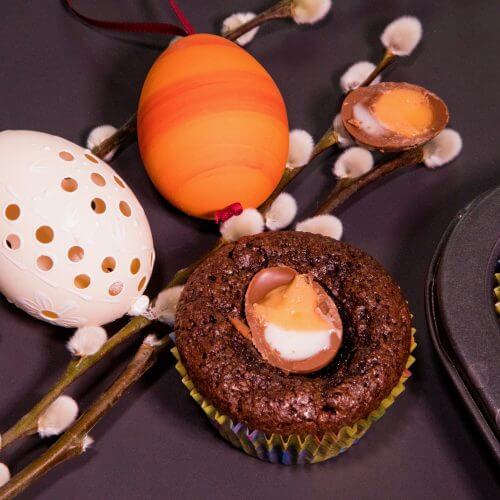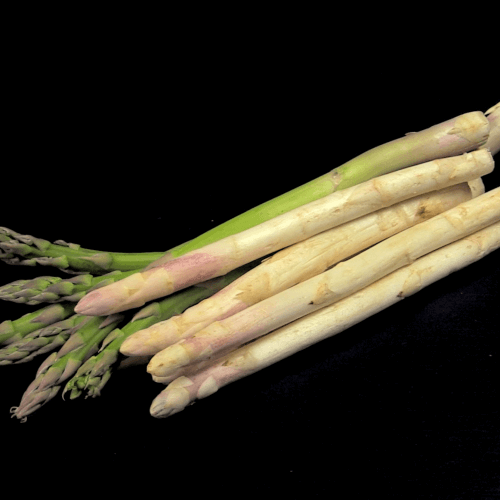Pumpkins and squashes are starting to make an appearance on the markets. They can be treated in very similar ways; some have thicker skin and require peeling, whereas some do not.
Although butternut is technically a fruit, it is predominantly used in savoury dishes and treated often as a vegetable. Can be roasted, boiled, toasted or pureed and turned into breads, cakes and muffins.
Butternut squash has a comforting sweet and nutty flavour, which works well in a warming soup with lots of ginger, chilli and a dash of coconut milk for an indulgent treat. A surprisingly great flavour combination can also be created by adding a hint of vanilla to a squash puree and serve alongside fish or seafood. I also like to chop it into bitesize chunks and add to curries to enrich the sauces. You can also make tasty gnocchi by substituting the potato with cooked squash flesh (a very tasty tip!), which are great boiled or roasted with sage butter or blue cheese! Pro tip – squash has a higher water content than potatoes, so I would recommend squeezing water out of the flesh in a muslin cloth or sieve.
For a quick dinner, you can simply split the squash in half, scoop the seeds out (don’t throw them away – toast them for a snack) and roast at 200C with a sprinkling of salt and a drizzle of oil for about an hour. Once the flesh is soft enough fro a cutlery knife to go through, take it out of the oven and leave to cool for 5-10 minutes. Scoop the flesh out and mix with cooked quinoa, spelt, lentils, meat or other veggies, pop the mixture back into the skin of the squash, top with cheese (ANY cheese you like) and grill until piping hot.
The possibilities are endless as butternut squash is very versatile and works with most herbs and spices, so use up those staling spices in your pantry and have a go at cooking with this great produce.




